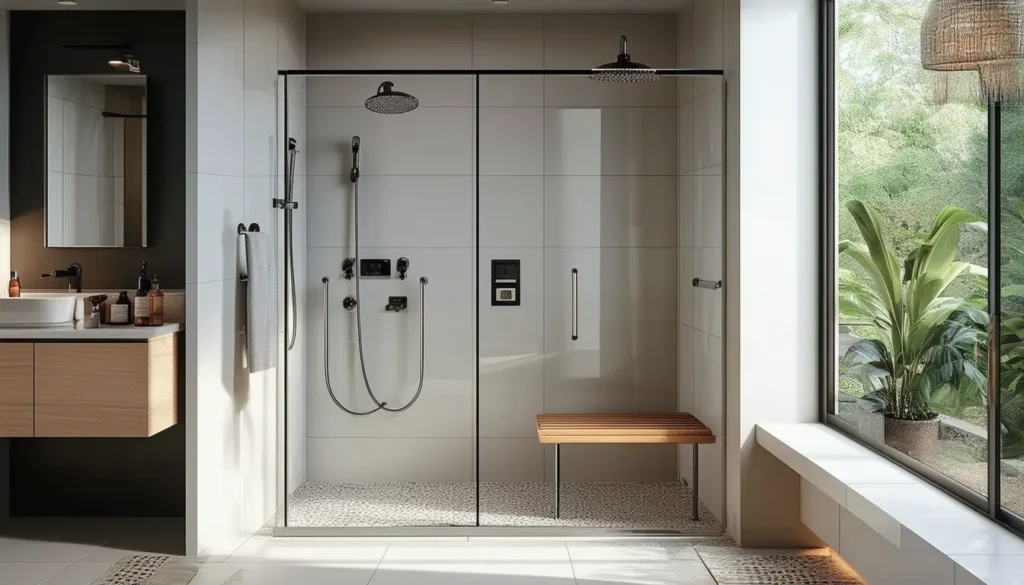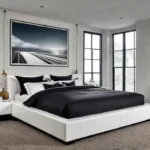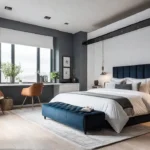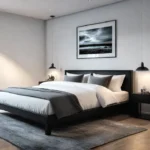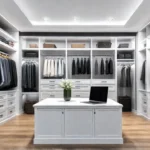Have you ever walked into a bathroom and felt it didn’t fit your needs? Maybe the sink was too high, the shower was tricky to get in and out of, or the floor was slippery. Well, you’re not alone. According to the CDC, 1 in 4 adults in the US lives with a disability. That’s a lot of people who could benefit from a bathroom designed with accessibility in mind.
But here’s the thing—universal design isn’t just about functionality. It’s also about creating a space that’s visually appealing and a joy to use, no matter your age or ability. In this article, we’ll explore how you can seamlessly blend accessibility and style in your bathroom renovation, creating a space that’s both practical and beautiful.

Designing for Accessibility
Accessibility is the foundation of universal design, and it’s crucial to prioritize it when planning your bathroom makeover. A bathroom that’s easy to navigate and use can benefit everyone, from those with mobility challenges to families with young kids.
One key aspect of accessible design is barrier-free features. This means removing any physical obstacles that could make it difficult to move around the space. For example, installing a walk-in shower with a low or no-threshold entry can make it easier for wheelchair users to get in and out. Strategically placing grab bars near the toilet, shower, and tub can provide safety and support.
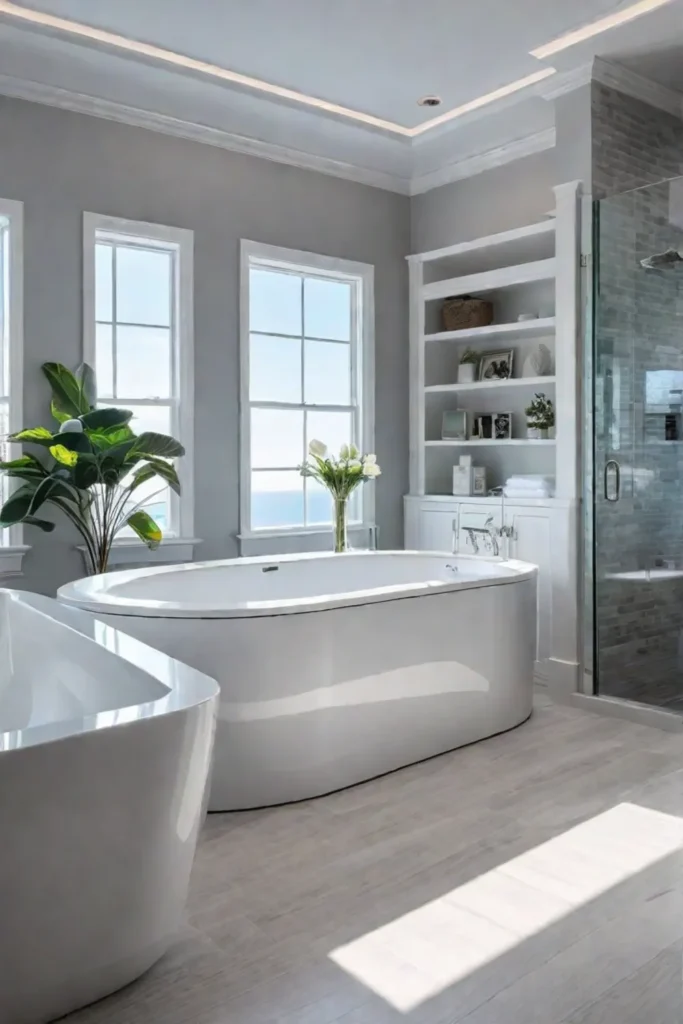
But accessibility isn’t just about the big-ticket items. It’s also about details like choosing non-slip flooring materials and adjustable fixtures. Comfort-height toilets and vanities can help reduce strain on the back and joints, while lever-style faucets and handles make it easier for those with limited dexterity to use the space.
Enhancing Style and Aesthetics
I know what you’re thinking: “Accessibility sounds great, but what about the style?” Well, fear not, my friends. Universal design doesn’t mean sacrificing style. In fact, with a little creativity, you can create a functional and visually stunning bathroom.
The key is to find a balance between accessibility and aesthetics. For instance, you can opt for sleek, modern fixtures that complement the overall design scheme rather than clunky, institutional-looking hardware. Hidden storage solutions, like built-in cabinets or recessed shelves, can also help maintain a clean and uncluttered appearance.
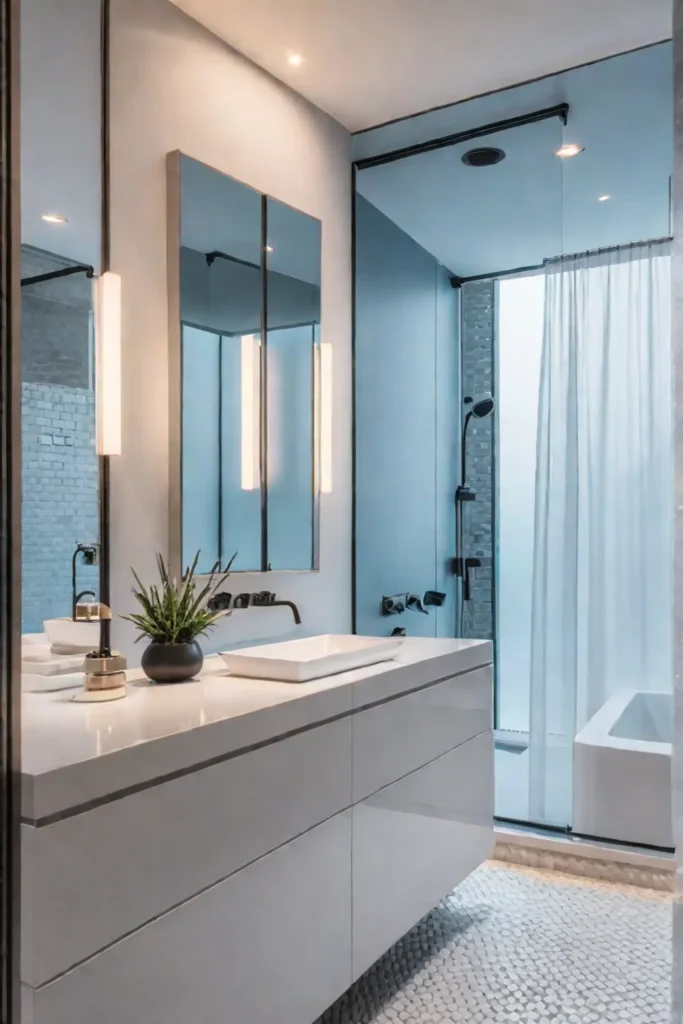
And don’t forget about the power of natural light and strategic mirror placement. By incorporating large windows or skylights, you can create a sense of spaciousness and brightness in the bathroom. Strategically placed mirrors can also help reflect light and make the space more open and airy.
Prioritizing Comfort and Convenience
Universal design isn’t just about accessibility and style – it’s also about creating a comfortable and convenient bathroom for everyone. After all, the average American spends about 30 minutes a day in the bathroom, so it’s important to make that time as enjoyable as possible.
Ergonomic design is key here. By selecting features like comfort-height toilets and adjustable showerheads, you can reduce strain on the body and make the bathroom experience more pleasant. Ample storage solutions, like pull-out drawers and open shelving, can also help keep the space organized and clutter-free, enhancing the user experience.
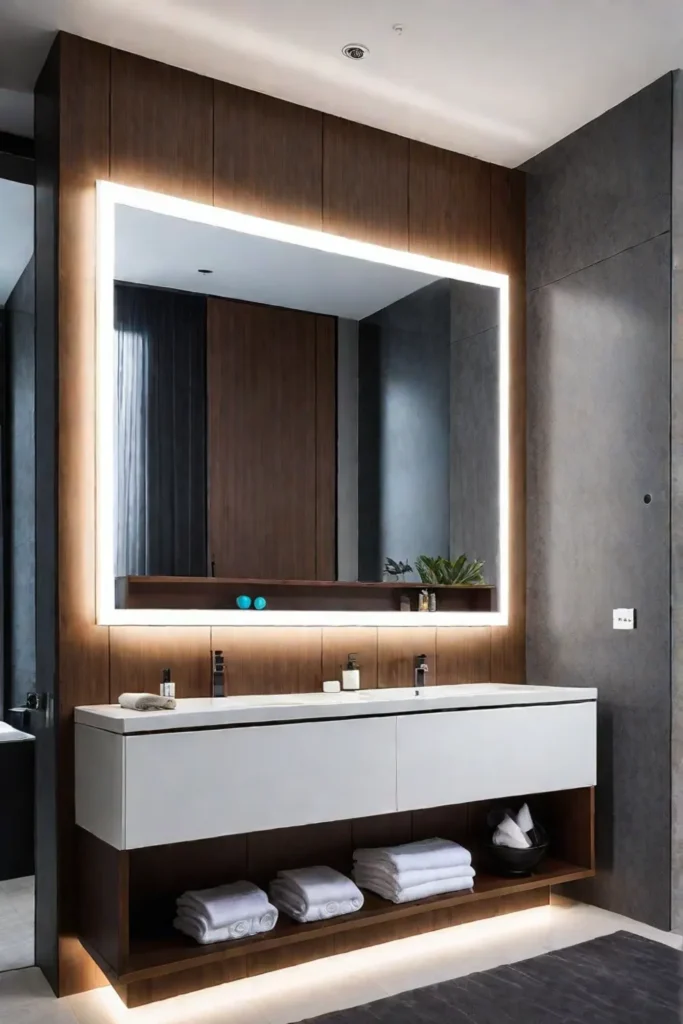
But comfort and convenience aren’t just about the physical aspects of the bathroom. They also involve addressing the needs of individuals with diverse abilities and preferences. A bathroom designed with universal design principles can accommodate the needs of those with mobility, agility, or sensory challenges, ensuring that everyone feels welcome and at ease.
Bringing It All Together
As you can see, universal design is about much more than accessibility. It’s about creating a functional, stylish, and comfortable bathroom for everyone who uses it. By prioritizing accessibility, enhancing aesthetics, and focusing on comfort and convenience, you can transform your bathroom into a truly welcoming and inclusive space.

So, what are you waiting for? Start planning your universal design bathroom renovation today! With a little creativity and attention to detail, you can create a space that’s not only practical but also a true oasis of comfort and style.
